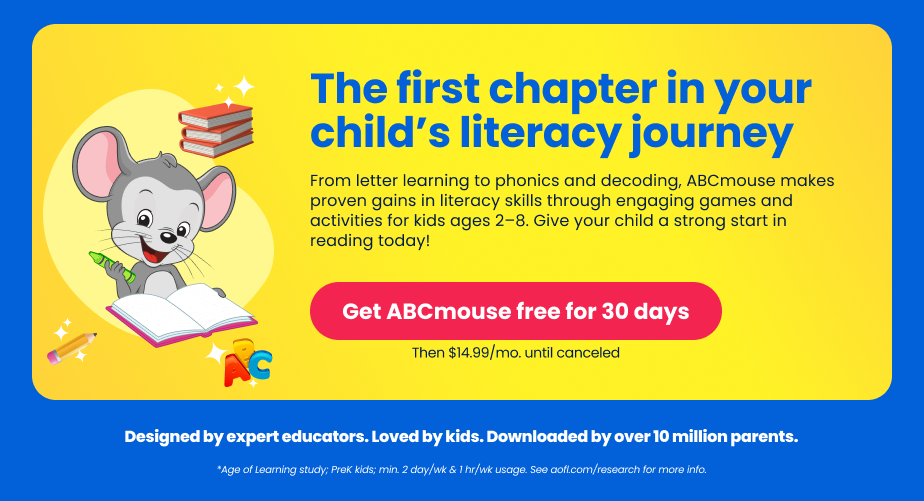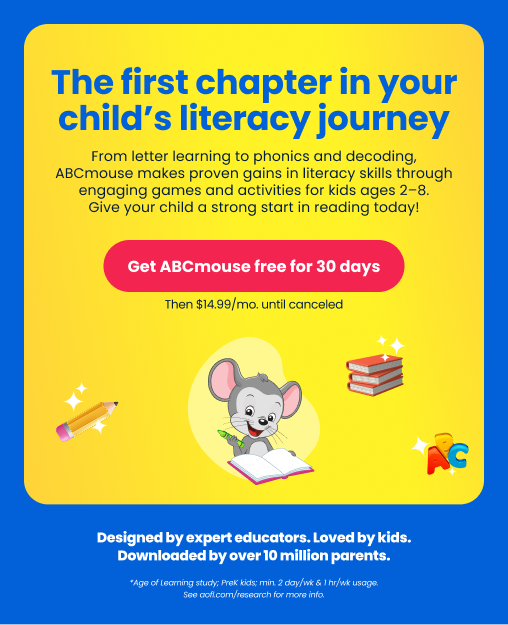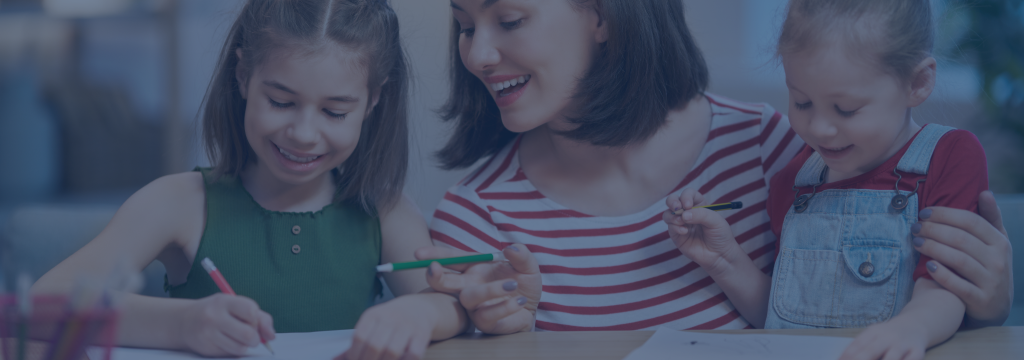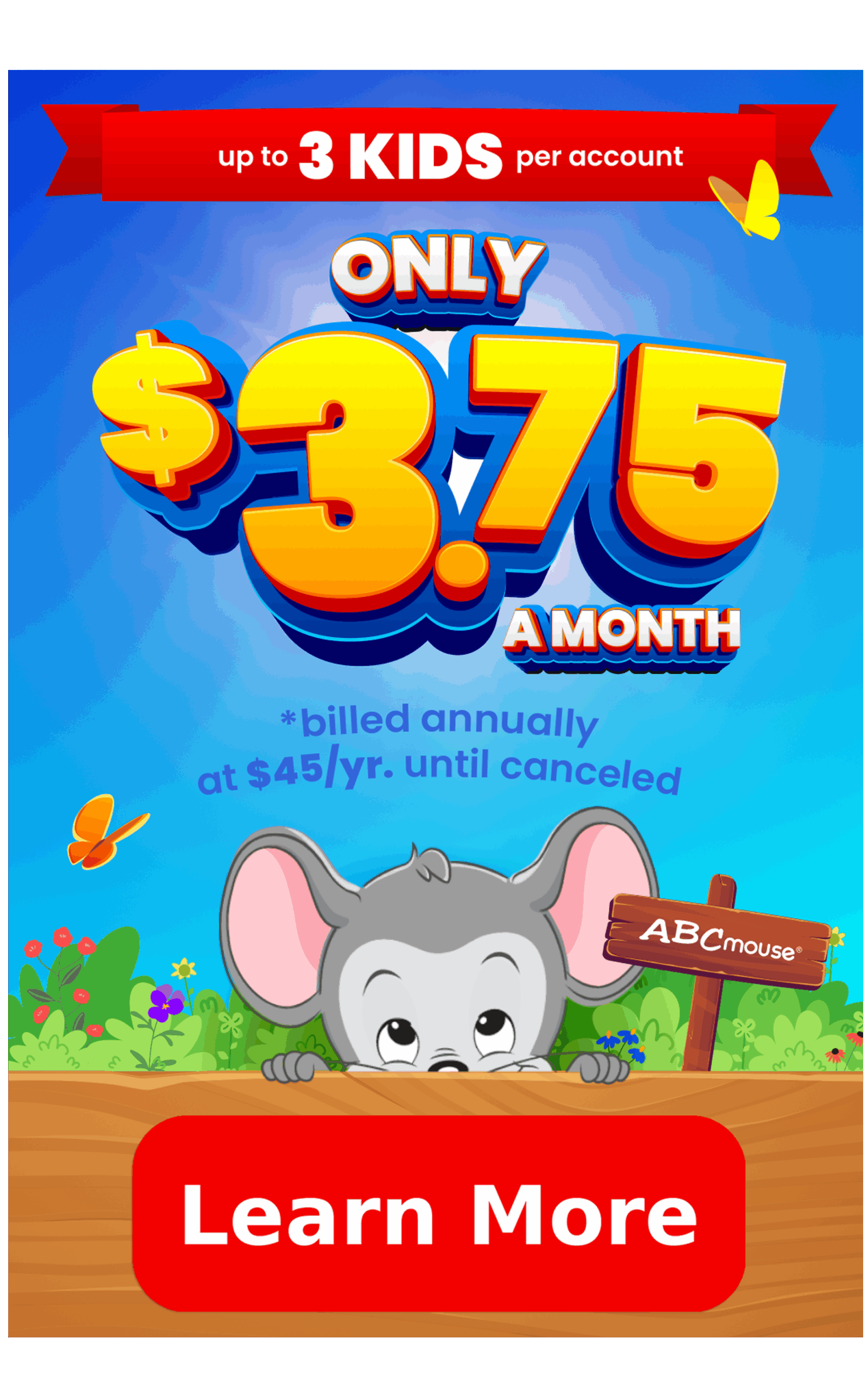Second Grade Sight Words
Learn how this sight word list for second graders can help your child grow their reading skills.
As kids advance in their reading skills, learning second-grade sight words becomes essential for their literacy growth. These frequently used words eventually become instantly recognizable by children after first being introduced to them phonetically.
Mastering sight words, also known as high-frequency words, can help to improve children’s reading fluency, comprehension, and overall language abilities, as well as contribute towards building a solid foundation for tackling more challenging reading tasks in the future.
Most Common Second Grade Sight Words
Here are some of the most commonly used high frequency words for second-grade students. These words have been selected to be appropriate and relevant for children at this stage of their education. Some words may be more challenging for children, while others may act as review.
| after | along | again | always |
| animal | answer | around | away |
| because | before | between | both |
| change | close | different | even |
| every | example | father | follow |
| food | form | found | give |
| great | group | hard | head |
| heard | here | high | home |
| house | kind | large | learn |
| left | letter | light | little |
| live | mean | might | mother |
| move | much | never | next |
| off | old | our | page |
| picture | place | point | put |
| read | school | sentence | show |
| study | such | though | thought |
| three | together | turn | want |
| while | world | year |
The Benefits of Learning Second Grade Sight Words
Teaching second-grade sight words has multiple benefits. It improves reading fluency and spelling, as recognizing high-frequency words enhances overall reading ability and reinforces correct spelling for better writing skills.
Additionally, identifying high-frequency words helps young learners concentrate on the meaning of written material, leading to improved sentence comprehension and the ability to connect new concepts with prior knowledge.
Learning second-grade sight words also boosts confidence in reading and encourages exploration of more complex texts, fostering a deeper understanding of language and literature.
Moreover, developing a strong foundation in high-frequency words sets the stage for future learning success, as it prepares children for the challenges of advanced reading and writing tasks they will encounter throughout their academic journey.
Tips for Teaching Second Grade Sight Words to Kids
- Consistent Teaching & Practice
Consistency is key when teaching sight words to second graders. Teach your child new high frequency words daily by drawing attention to the letter sounds in each word. After learning new words, practice them daily, using various methods such as games and reading exercises. Repetition is essential in helping children internalize the words and recognize them without hesitation.
- Use Multisensory Techniques
Appeal to different learning styles by incorporating multisensory techniques into your sight word lessons. Encourage children to trace words with their fingers, write them using different materials (like chalk, markers, or paint), and even mold them with playdough. This helps kids form connections between the sight words and their physical representations.
- Contextualize Sight Words
Provide opportunities for children to encounter sight words in context. Use books and reading materials that include second grade sight words, and have discussions about the text to reinforce comprehension. Encourage children to create their own sentences using sight words to help them understand the words’ meanings and uses.
- Build on Previous Knowledge
When introducing new sight words, build on the words and word parts children have already learned. Help them recognize similarities and differences between new and familiar words. This can make it easier for children to remember and understand the new words.
- Encourage Independent Practice
Provide materials and resources that allow children to practice sight words independently. Age-appropriate workbooks, online games, and educational apps can be helpful tools for reinforcing sight word learning outside of structured lessons.
- Offer Positive Reinforcement
Encourage and celebrate your child’s progress in learning sight words. Acknowledge their achievements and offer words of praise to boost their motivation and keep them engaged in the learning process. As they become more confident readers, your positive feedback can inspire them to reach even greater heights.
Get Started with Second Grade Sight Words
Introducing second-grade high frequency words is an important milestone in your child’s journey toward becoming literate. By utilizing a variety of fun and engaging activities and consistently practicing, you can create a positive learning environment that encourages a love for reading.
Sight Word Games
ABCmouse has many second-grade sight word games to help your child keep practicing with high frequency words while having fun.
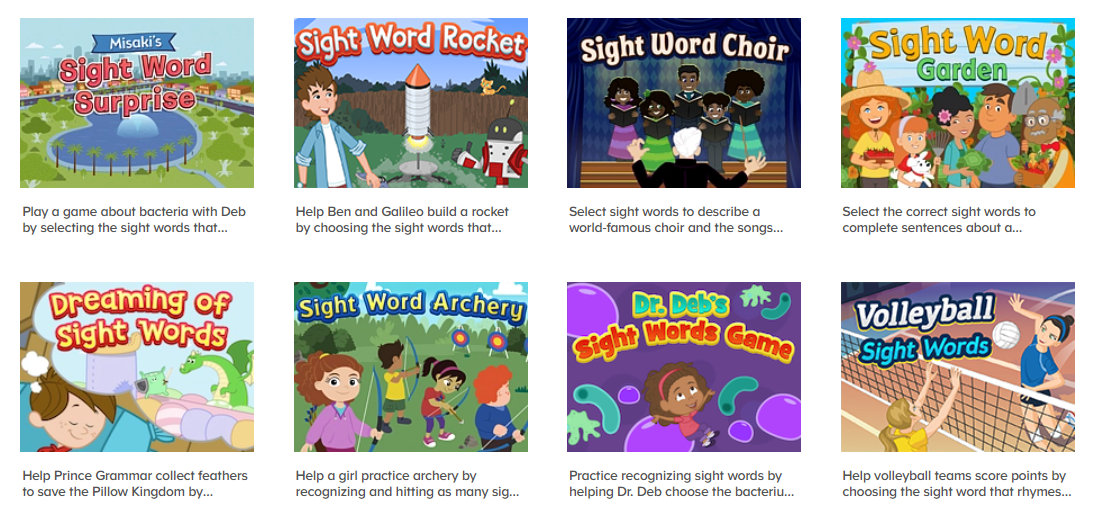
As your child’s fluency, comprehension, and language skills improve, you will witness the impact that second-grade sight words can have on ensuring academic success and paving the way for a promising future.
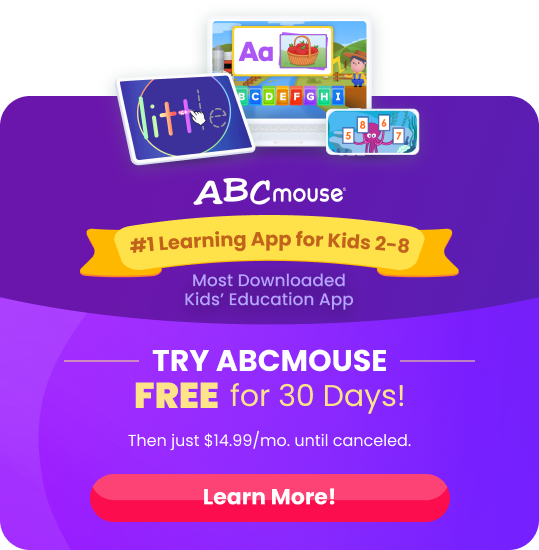
Sight Words and More!
There’s so much to learn with ABCmouse. Here are just a few more resources to try.
Second Grade Spelling Words
These free printable lists of spelling words offer great practice for second graders.
Browse →
How to Teach Phonics to Second Graders
Find tips and activities to help make learning phonics fun for your second grader.
Browse →
Fun Reading Activities for Second Graders
Try these fun activities to help second graders grow their reading comprehension and literacy skills.
Browse →
Hands-on Math Activities for Second Graders
These hands-on math activities can help second graders build their math skills in meaningful and engaging ways.
Browse →
ABCmouse’s expert advice review process:
Our team of ABCmouse Curriculum Experts, made up of talented professionals in early childhood education and development, take a close look at educational content and learning claims. They put in the effort to make sure our information is accurate and current. We have a certified educator or another respected authority review the content, matching their expertise with the topic at hand. They’ll make sure the content is thorough and follows the latest research and educational guidelines. If they think we can make things even better, they’ll chat with our editorial team, and we’ll make those improvements right away. Only after a reviewer gives their thumbs-up does a piece of content get the official stamp of approval in the byline.


